Colour, fabric, length, lining… so much to consider when buying curtains! If you are searching for ‘the one’, you’ll probably weighing it all up.
Need help? Here’s our guide to choosing curtains.
Colour
Think about your design goal. Will the curtains be a backdrop or a stand-out feature?
To fit with an existing scheme – opt for curtains in a similar shade to walls or rugs. They will blend and neatly tie your room together.
For statement pieces – go for bold colours or patterns.
Bold colours work well with existing patterned furniture, while prints look great against solid accessories.
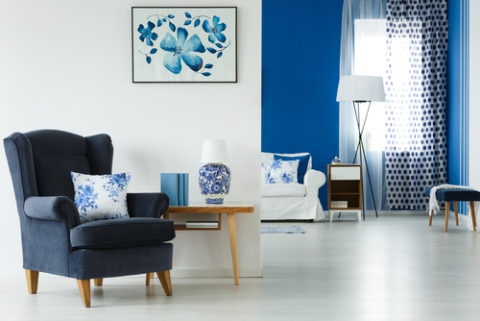
Tip for choosing prints? Go for a pattern you like when curtains are both drawn and open!
Fabric
The fabric is an essential element of the curtain – determining the look, feel and drop.
Heavy fabrics like velvet or tweed are great for privacy, keeping in warmth and blocking out light. Weighty fabrics are also the best at keeping their shape. The neat drop will give the room a formal feel.
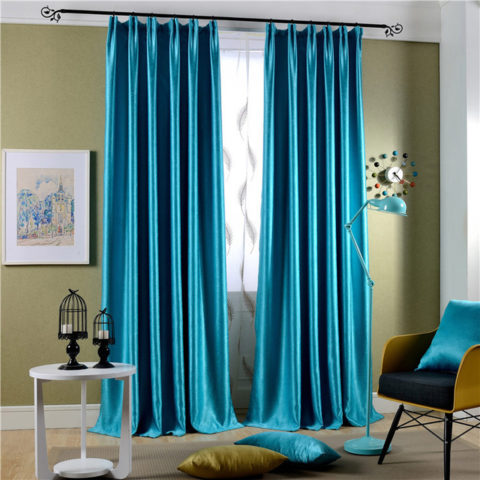
www.aliexpress.com
Medium weight fabrics like cottons are the most versatile (read: washable!). Giving decent light and warmth protection, this fabric will suit most room types.
Lighter fabrics, like linen, give the room a casual feel. They will let light through so are often used as a decorative feature, or they can be paired with a blind or shutter.
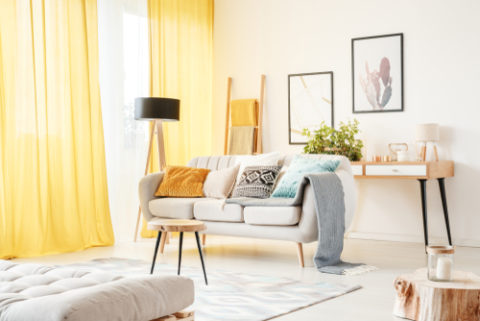
Lining
You can always add lining to a lighter fabric to block out more light, or to keep in additional warmth.
Length
We always opt for full length curtains wherever possible, but radiators or benches may mean you go for window sill length. Measure the sill on both sides, it may not be straight.
If going full length – what trend do you want?
A contemporary style has the curtain hit the floor perfectly.
A traditional style is where the curtains ‘puddle’ on the floor with extra fabric. It is a more luxurious look – but requires attention to position it right.
Also consider the start height. Hanging curtains higher than the window will give the appearance of a loftier room. On average go for 6 inches above the frame.
Take all these factors into account when measuring-up the length.
Width
Double the width of the pole to get the right measurement for your curtains.
The extra width will ensure the curtains have a nice full look when drawn (and not simply stretched across).
The curtain should also be hung a few inches beyond the window frame to reduce the light filtering through.
Headings
There are many options for the style of your curtain heading. We cover the 2 most common:
Eyelets are most often seen on ready-made curtains, they can be simply slipped over a pole and hung up to give a relaxed and softer look. They are best suited to medium weight, unlined fabrics.
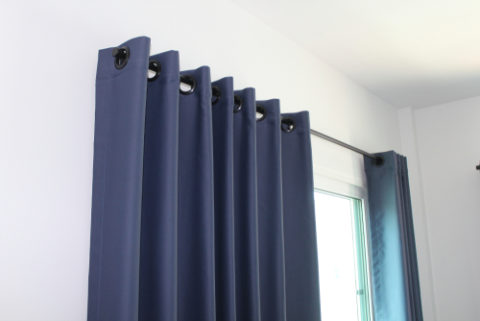
Pencil Pleats – the name comes from the way the pleats gather together to form pencils.
These are best for more traditional and formal styles. Pleats also work well for longer lengths and light-to medium weight fabrics.
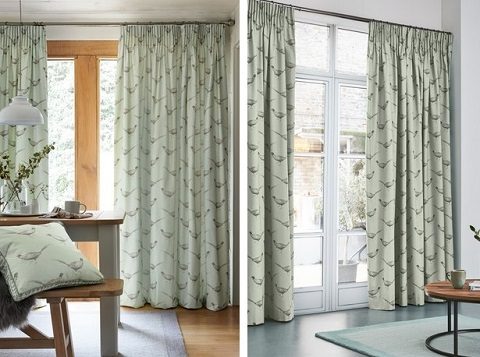
www.next.co.uk
Ready-made
Standard sizes are:
– Drop: 137cm, 183cm and 229cm
– Width: 117cm, 168cm and 228cm
Pros: They are excellent value; there is a vast range available and you can take them home straight away.
Cons: You may need to make alterations which will be an additional cost. Or they may not fall perfectly.
Custom-made
Considering made-to-measure curtains?
Pros: They will fit your window space perfectly. The mix of material, lining, heading and colour can be tailored specifically for your room. And you should be able to get matching accessories made too!
Cons: Cost! And there may be a wait for your curtains to be ready.
Ready to find your perfect curtains? Good luck!
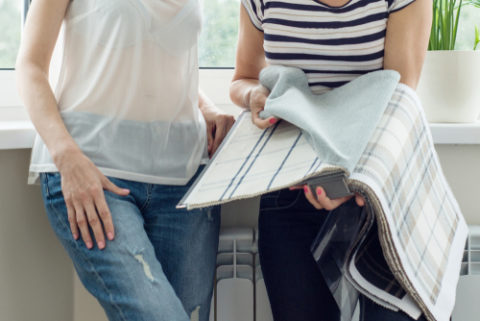
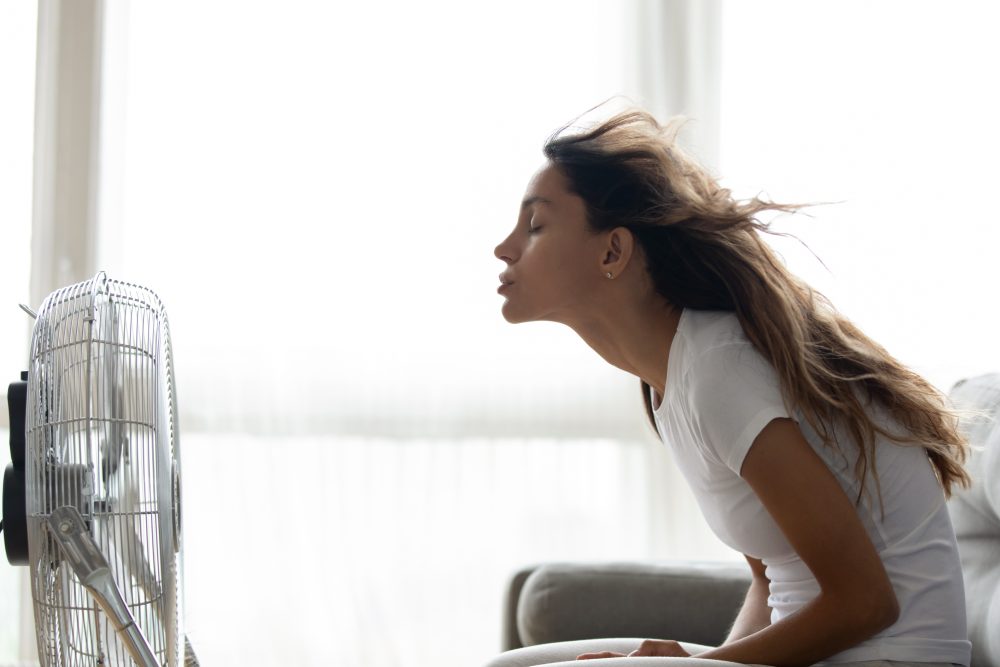

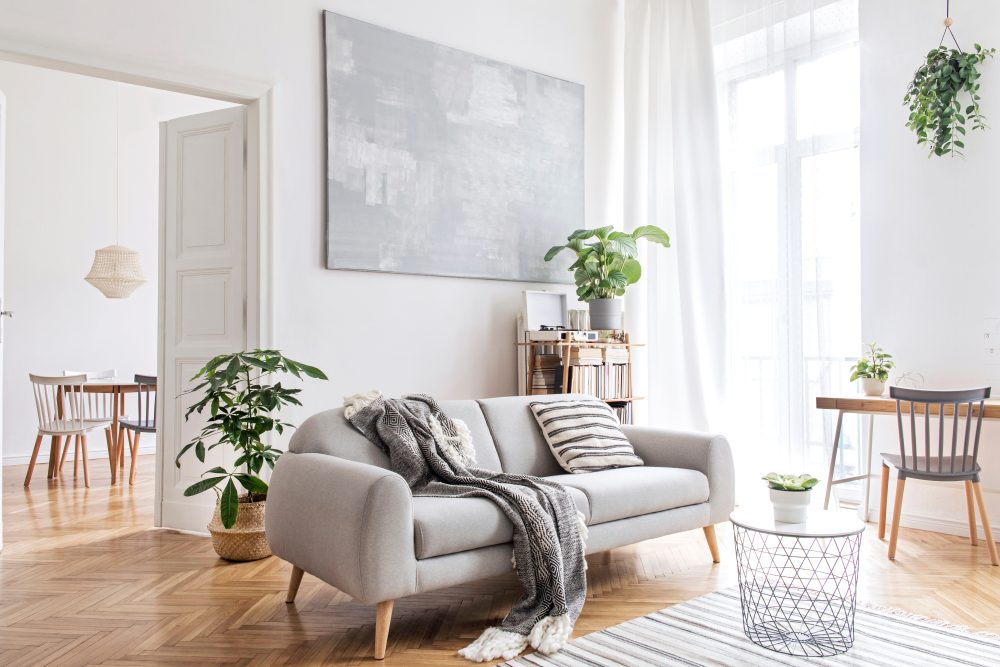
Leave a Reply